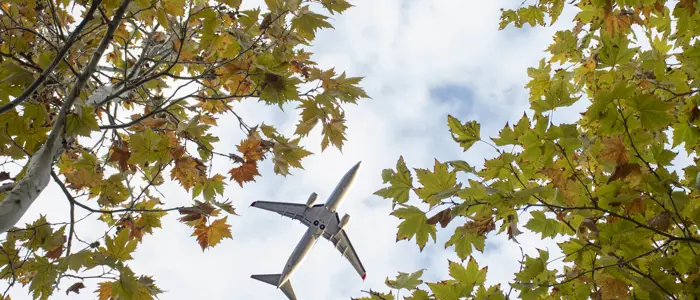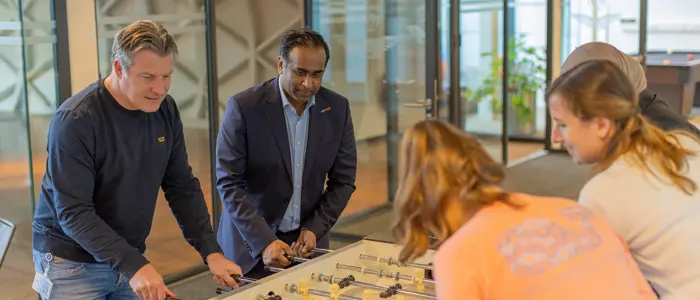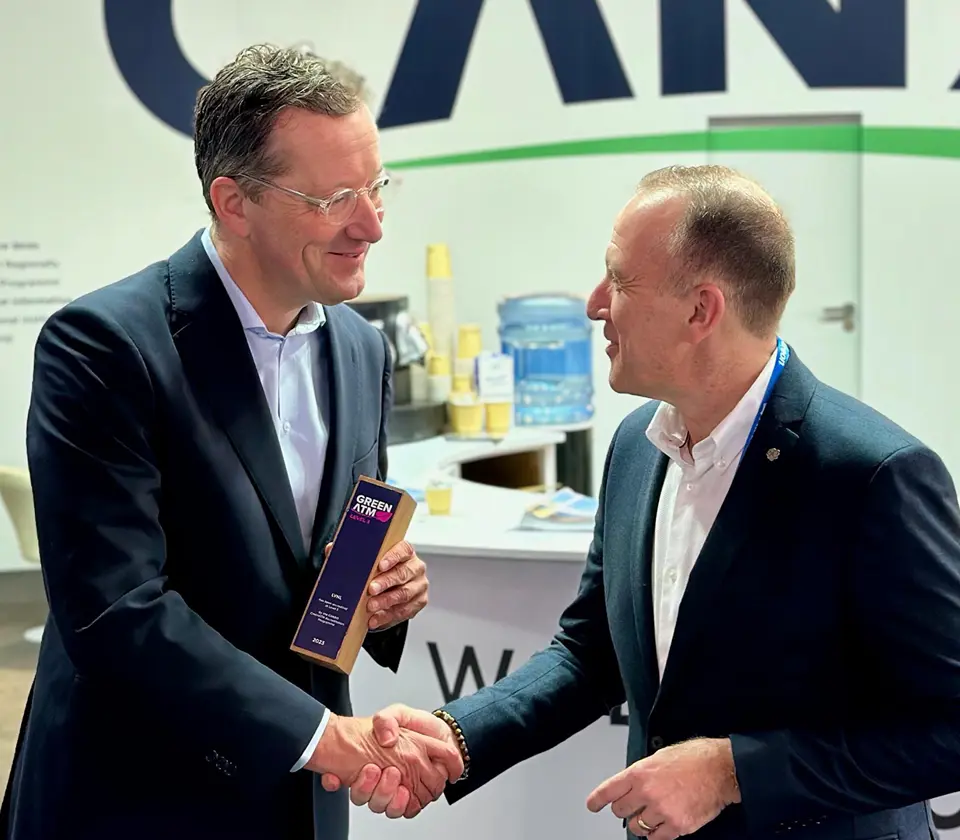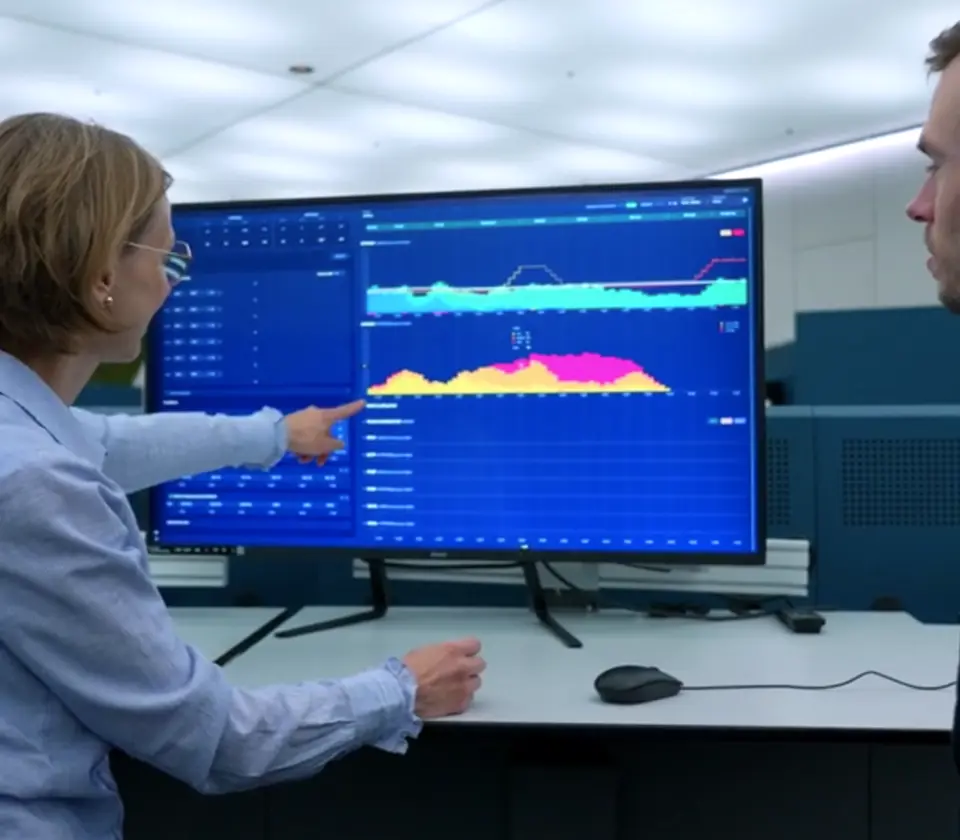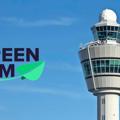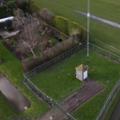LVNL gebruikt cookies om de website optimaal te laten functioneren, sommige worden geplaatst voor diensten van derden. Meer weten? Lees ons cookiebeleid op cookieverklaring
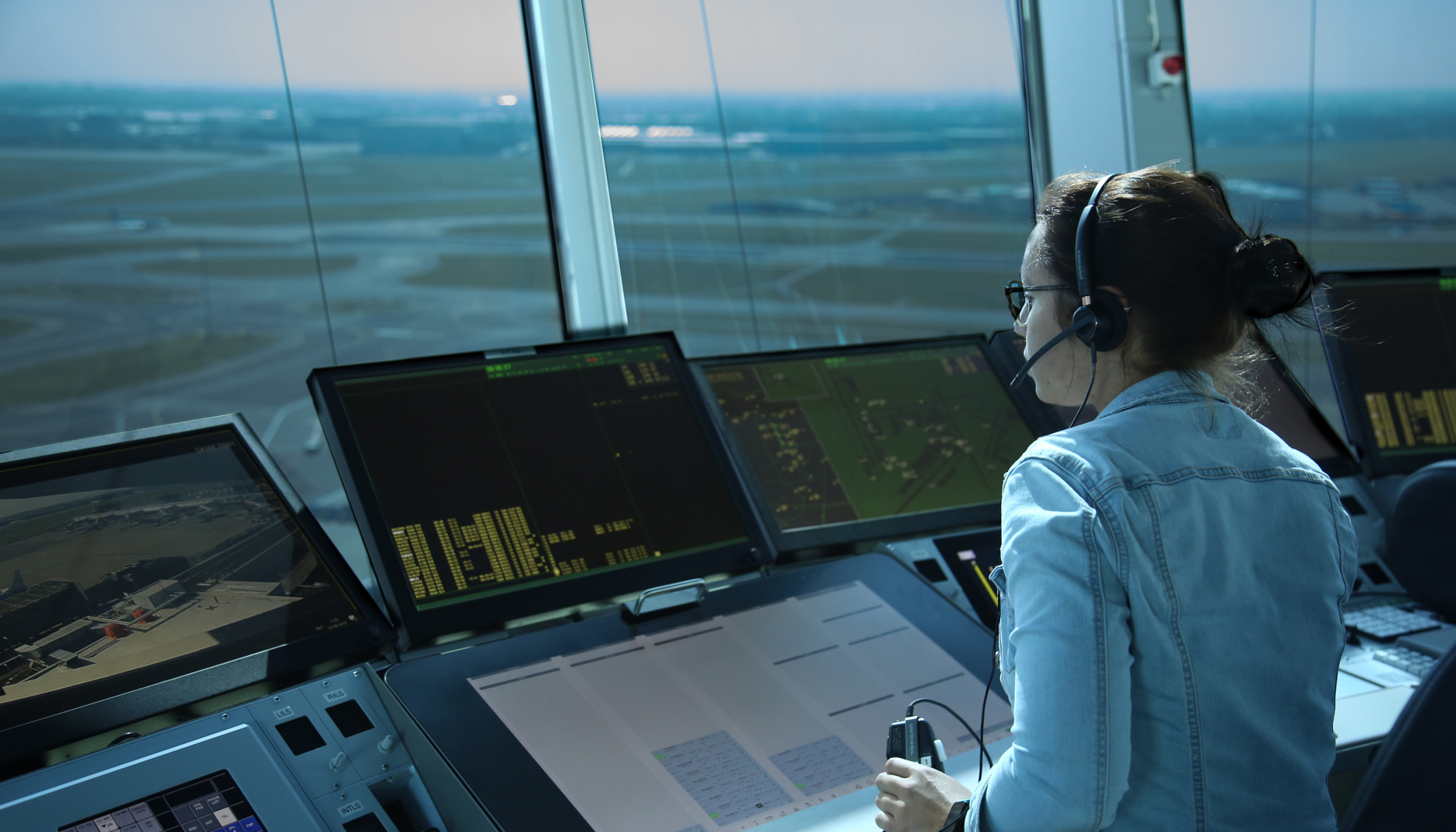
Air Traffic Control The Netherlands
Directly to
Ready for your flight?
Air Traffic Control the Netherlands
Usage of take-off and landing runways
-
Current runway usage
Which runway at Amsterdam Schiphol Airport is used when? And what factors do we take into account?
Runway use -
Route usage (Dutch)
Five major international ‘highways’ or corridors run high through Dutch airspace. Read more about these routes
Route usage -
Usage of take-off and landing runways (Dutch)
Various factors such as weather conditions, volume of air traffic and availability of runways determine which take-off and landing runways are used.
Read more about take-off and landing runways
What are we working on
-
Building a new heart for LVNL
The current air traffic control system is LVNL's main operational information system. With the arrival of iCAS we are now building a new heart that will make all aspects of flying even safer and more efficient in the future.
Read more about iCAS -
Sufficient air traffic controllers
In order to realise the ambitions of LVNL and the Dutch aviation sector it is essential to have ample availability of air traffic controllers.
Read more about training -
Combining air traffic control
LVNL and the military air traffic control of the Royal Netherlands Air Force Command are joining forces, combining our professionalism, knowledge and expertise to bring together the best of both worlds.
Lees over 1ATM
News
HOW CAN WE HELP YOU?
-
Contact LVNL
If you have a request for information or a general question for LVNL or if you want to get in touch with our recruiter, please contact us during office hours
Contact -
Press and media enquiries
If you are a journalist, programme creator or editor, please contact media relations for all press and media enquiries.
Contact -
Any questions about current air traffic?
If you have a question about air traffic in the vicinity of Amsterdam Schiphol Airport or wish to report noise nuisance, please contact the Local Community Contact Centre Schiphol (BAS).
Visit the BAS website (Dutch)

